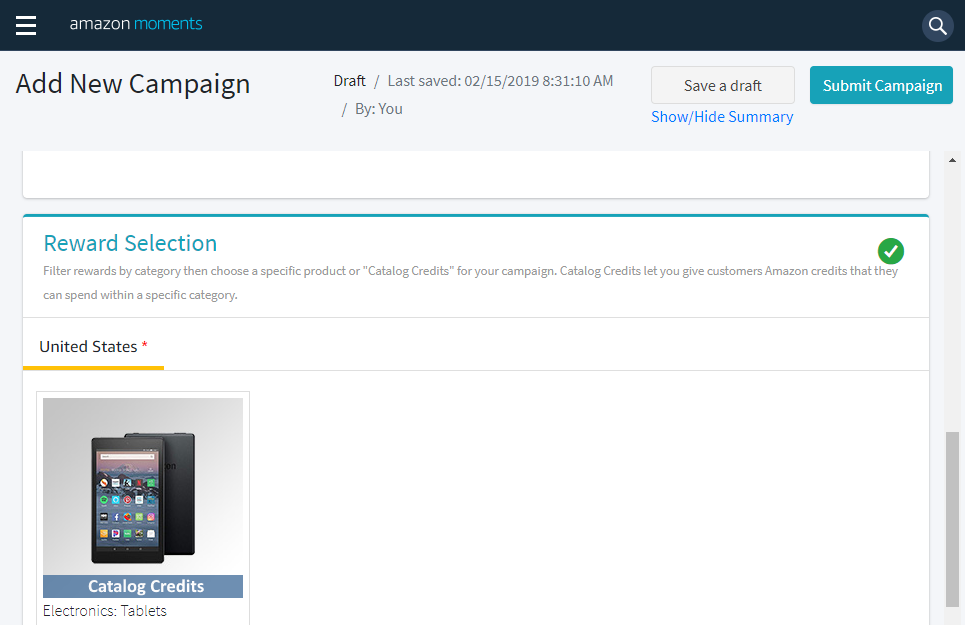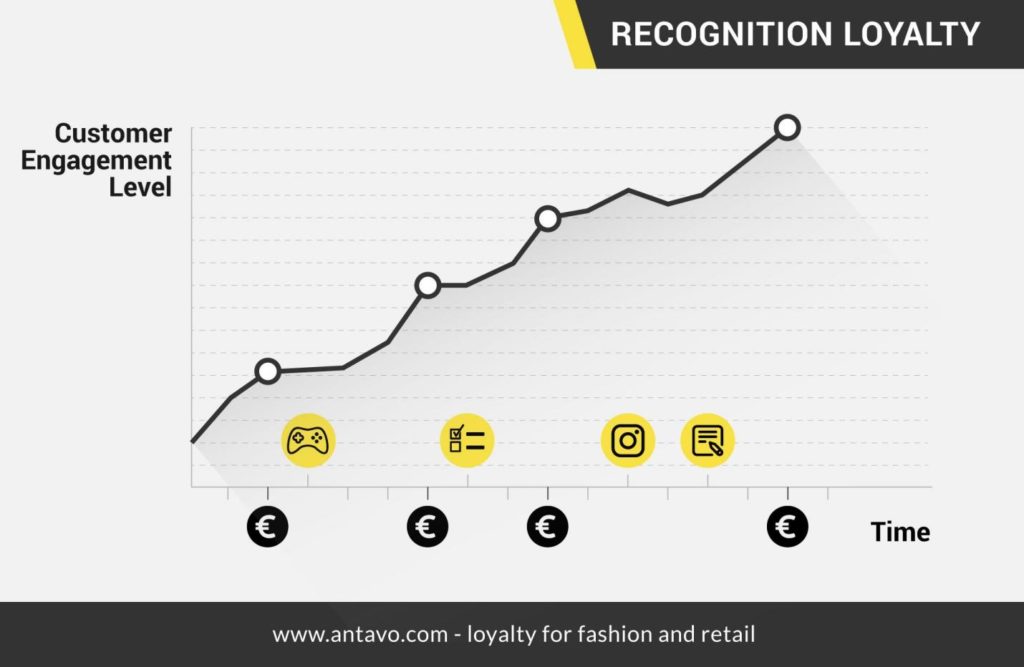How Amazon Moments affects customer loyalty


Zsuzsa is co-founder and CMO at Antavo, the leading customer loyalty technology partner of Dotdigital, specialized in helping fashion and retail brands in Europe. They provide technology and strategy to create customer retention programs so brands can form real connections with their customers through engagement, exclusivity and advocacy. Their clients include LuisaViaRoma, Represent, and Jimmy Jazz.
Amazon Moments
This year Amazon gave a very unique Valentine’s Day gift to CRM teams all around world: Amazon Moments. The concept in itself was enough to turn everyone’s head: imagine a cross-platform marketing tool where you can quickly and easily set up campaigns that reward various customer interactions – most of which aren’t tied directly to transactions – with tangible benefits. So, does this mean Amazon has entered the ring of loyalty programs with its own product?
No, not really. As you’ll soon see, Moments does not include several key features, which top-of-the-line reward programs provide. Nevertheless, Amazon’s initiative pushes customer retention in the right direction by proving that brands need to move beyond transactional rewards.
How does Amazon Moments work?
Before diving into the details, let’s examine what Amazon Moments offers marketers. The system is a framework that allows companies to set up industry-specific campaigns to reward customers when they meet the requirements of a custom trigger (called a ‘moment’).
For example, mobile game developers can give a free mobile skin to users who defeat the dragon on level 15. Any reward can be chosen from the company’s catalog, and Amazon will take care of the delivery.

Rewarding every interaction, not just transactions
After a closer inspection, it’s clear that Amazon Moments is not a loyalty program, but a reward fulfilment platform that works on a global scale. Unlike a full-fledged loyalty program, Moments doesn’t offer any points or rewards tiers – which are very important elements in maintaining customer interest – and it also lacks a critical feature for marketers and CRM teams: insight.
Offering people rewards without understanding their needs and motivation is a huge gamble. So, if you don’t do your homework, you might end up losing money with this system.
But to give credit where credit is due, Amazon Moments has taken a very important step in customer retention by offering a reward model that uses physical and digital incentives instead of discounts.
Giving users a small token of appreciation for enjoying your product or service fosters true brand love and helps increase customer lifetime value. We’ve been on this soap box for years, telling brands and retailers that the future lies in engaging customers outside of the buying cycle.
This chart illustrates the tendency perfectly, and it’s gratifying to see that Amazon shares the sentiment.

Who will win big with Amazon Moments?
After laying down the pros and cons, let’s see who will benefit the most from using this new feature:
- Businesses that lack the fulfilment capabilities to reach a global audience
- Small companies that always wanted a loyalty program, but never reached the point of designing one
- Brands with a large audience that wish to deliver rewards quickly and easily
- Ecommerce players who don’t want to compromise their profit margin with discounts, but still seek a potent customer retention campaign
…And who should pass on the offer?
- Companies in direct competition with Amazon
- Businesses that have already established their own fulfilment channels
- Luxury brands, because gifts from Amazon may feel off-brand – or even insulting – for affluent buyers
- Retailers that seek a more fleshed-out loyalty program, which offers features like tiers, gamification, a single customer view and insights, as well as personalization
Whether or not you use Amazon Moments, you’ll be affected by its presence on the market. It will no doubt open up people’s eye to loyalty programs.
More and more companies will start offering their own campaigns, prompting brands and retailers to focus more on personalization, email marketing, gamification, and advanced loyalty solutions, such as Recognition Loyalty.


